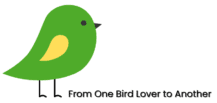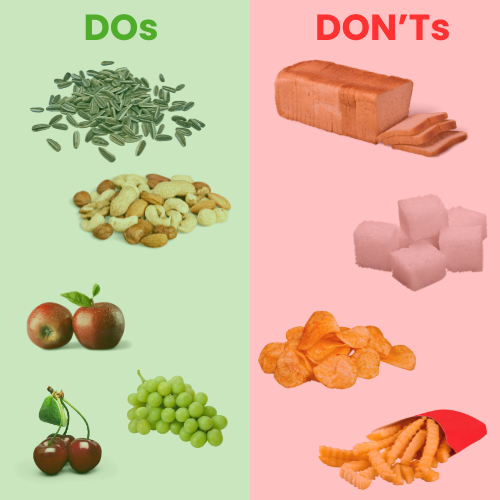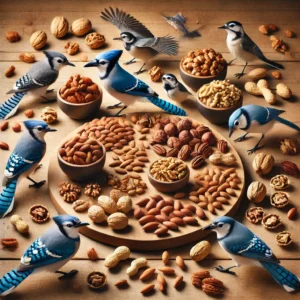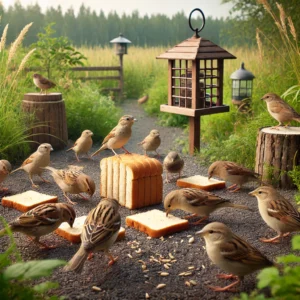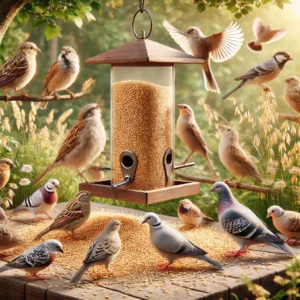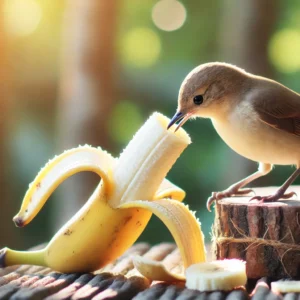Feeding birds can be a method to engage with nature and help attract birds to your backyard. Nevertheless, it’s crucial to understand what can you feed birds, and which bird feed is safe and advantageous for birds. Here’s a complete guide to responsibly feeding birds from your kitchen.
What Can I Feed Birds to Eat?
Different types of birds have varying requirements based on their species. Offering them appropriate bird food guarantees they receive the necessary nutrients needed to thrive! Let’s take a look, at the food options, for our feathered friends:
Fruits, Vegetables and Berries
Fruits and Berries: Fruits like apples and berries along with bananas and grapes add vitamin C and antioxidants to the nutrition intake.
Leafy Greens: Pigeons, doves, and waterfowl enjoy munching leaf vegetables such as lettuce, kale, and cabbage.
Carrots, Peas, and Cracked Corn: Sparrows and finches are fond of nibbling on bits of fresh or cooked carrots, while ducks and moorhens delight in savoring peas and corn kernels. Remember to cut them into bite-sized pieces for easier digestion.
Raisins and coconut can also serve as snacks that add variety to their diet and keep it interesting.
Grains and cereals
Grains and cereals are components of a balanced diet.
Cooked Rice and Oats: Sparrows and doves often enjoy eating cooked rice (brown) oats and plain unsweetened cereals for a quick energy boost during colder weather. Read more about how to incorporate oats into a bird’s diet.
Cooked pasta: Larger birds such, as crows and grackles can enjoy cooked pasta. Be sure it’s plain and cut into small pieces to prevent any choking risks for them.
Nuts and Seeds
Most birds primarily consume seeds and grains as their diet sources. Among these options are sunflower seeds, millet, and corn. Favored for their fat and carbohydrate content. Sunflower seeds are particularly rich in fats that provide energy for birds while millet is a popular choice, among many bird species and commonly found in various birdseed blends.
Peanuts, Almonds, and Sunflower Seeds: Blue Jays and Woodpeckers love peanuts and sunflower seeds for the energy boost they provide. Chickadees also enjoy these treats, in broken pieces. It’s best to offer them unsalted and unseasoned for their health.
Pumpkin, Melon, and Squash Seeds: Northern Cardinals and other birds like to eat them as a snack when roasted without salt.
Water and Nectar
Birds depend significantly either nectar or water, for their survival in nature’s realm. Hummingbirds exhibit an interest, in sugar water blends and bird baths entice species that seek out water sources for their sustenance.
Protein-Rich Foods
From boiled eggs to scrambled eggs and even eggshells: Robins and Crows love these protein-packed treats that provide calcium, and contribute to the growth of strong muscles and feathers.
Plain Meat Scraps: Jays and Crows who enjoy meat in their diet; just make sure to offer it in moderation to prevent it from spoiling.
Mealworms: Many birds love these and they are high in protein.
Suet
Woodpeckers and some other bird species are known to be fond of suet because it provides them with the energy to sustain their lifestyles.
Dairy Products
Cheese: Birds such as robins, thrushes, and crows can enjoy low-lactose cheeses like Cheddar, Swiss, and Parmesan in moderation. It’s best to steer off soft cheeses or those with extra ingredients, like onions.
Peanut Butter
Peanut butter is a choice among Chickadees and other birds like Wrens and Woodpeckers, during the winter months. Make sure to opt for unsweetened peanut butter to steer clear of added sugar and salt.
What to feed birds by species
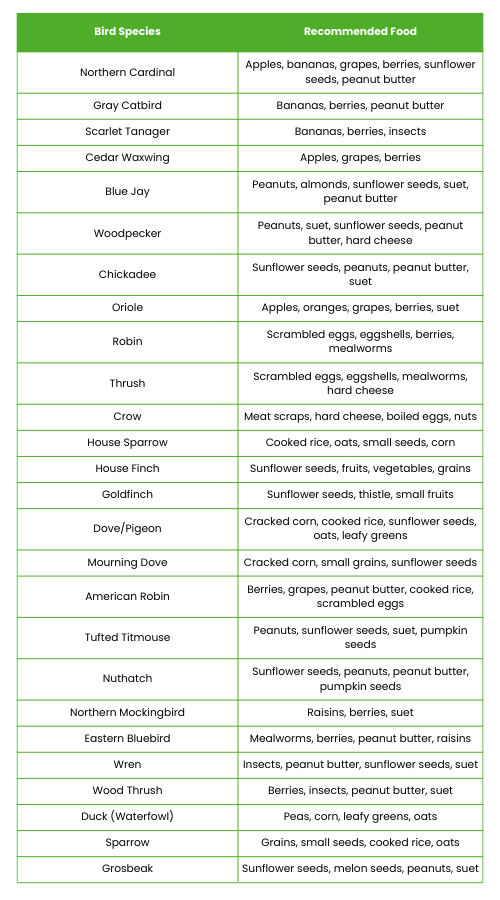
Seasonal Considerations in Bird Feeding
Spring ushers in challenges and chances for growth as birds begin nesting requiring proteins to nourish their young ones. Meanwhile, mealworms and sunflower seeds prove to be choices for their sustenance. You may also notice a surge in activity, around your bird feeders during this season as the feathered friends gear up for the breeding season.
In the summer months be mindful of the possibility of dehydration in birds when temperatures soar providing them with access to clean water is essential. Including fruits in their diet can help keep them hydrated. Consider offering mealworms well during this season when they are plentiful, in nature..
Fall is a time for birds as they prepare for the upcoming winter season by stocking up seeds and nuts to stay energized and warm, in the colder months ahead. Learn more about winter feeding.
Each new season presents requirements, for feeding birds – adapt your feeding approach accordingly and maintain consistency to attract and support a variety of bird species throughout the year.
Foods That Harm Birds
Some kitchen scraps may not be suitable for birds as they can be harmful to them if consumed. It’s best to refrain from feeding them chocolate, bread, overly salty foods, and anything with excessive sugar content as they could pose a risk of harm up to potential fatality for the birds. Furthermore, particular vegetables such as onions, avocado, garlic, and raw potatoes contain substances that are considered toxic, to these feathered creatures.
Caring for Wild Birds in a Responsible Manner
Feeding birds goes beyond offering food – it also involves a sense of responsibility to safeguard the well-being and health of the bird community.
Maintaining Freshness of Food: It is important to offer fresh food and discard any spoiled or mold-infested items to avoid illnesses.
Remember to clean your bird feeders to prevent bacteria and mold from building up.
Remember not to fill the feeders much. Provide small amounts of food regularly to prevent pests from being drawn in and to avoid wasting food.
Keep in mind the risks involved when placing bird feeders; make sure they are positioned away from threats like predators such, as cats and large windows to avoid birds colliding with them.
Adhering to these suggestions in caring for birds can allow you to appreciate the charm of these creatures while aiding in their health and welfare at the time. Nurturing birds conscientiously plays a role, in fostering a varied community of local wildlife that ultimately brings advantages to both animals and people alike.
